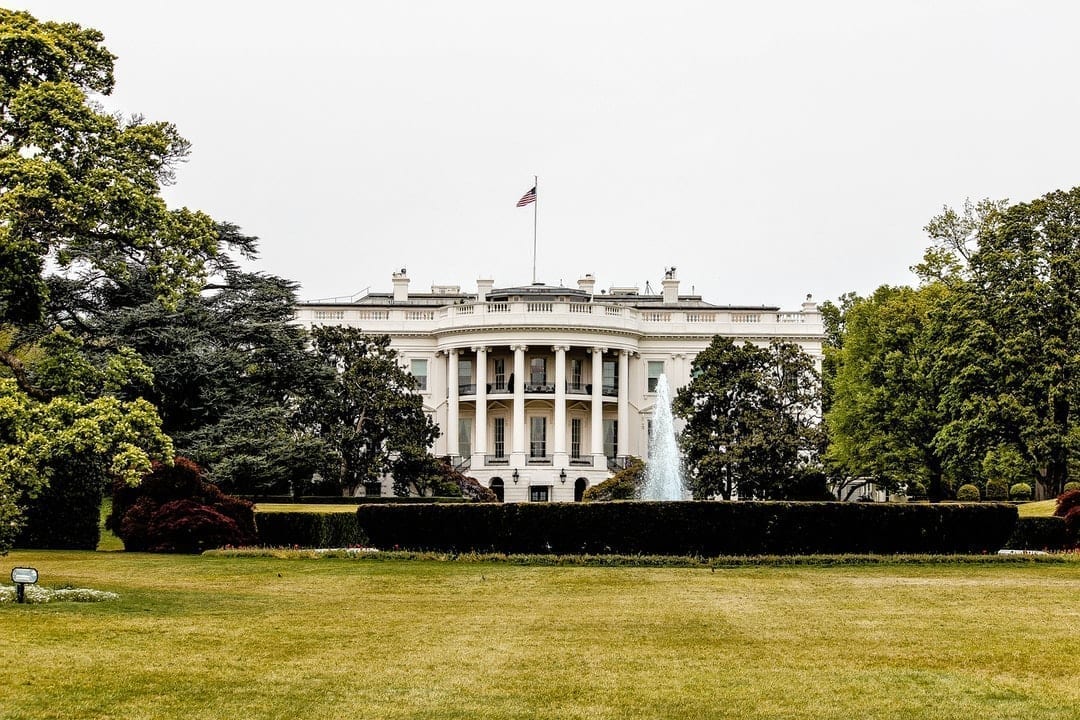President Joe Biden’s administration has issued new policies to grant abortion providers access to federal family planning funds and to remove the in-person requirement for a woman to obtain the abortion drug mifepristone.
The Department of Health and Human Services (HHS) published April 15 a proposed regulation that would rescind a Trump administration policy known as the Protect Life Rule. Issued in 2019, the Trump-era rule prohibits the use of money from the federal government’s Title X family planning program “to perform, promote, refer for, or support abortion as a method of family planning.”
The Protect Life Rule requires “clear financial and physical separation” between Title X programs and non-Title X programs in which abortion is promoted as a method of family planning. The new, proposed regulation, however, would restore family planning funds to Planned Parenthood and other abortion providers that are ineligible under the current rule.
On April 12, the Food and Drug Administration (FDA) announced in a letter it would not enforce during the COVID-19 pandemic the requirement that a woman must appear in person to receive mifepristone, the first drug in a two-step process known as medical or chemical abortion.
The policy reversals are disappointing but unsurprising for the Southern Baptist Ethics & Religious Liberty Commission (ERLC) and other pro-life organizations that supported the Trump administration rules. An advocate for abortion rights, Biden directed HHS in a Jan. 28 memorandum to consider immediately whether to repeal the Protect Life Rule.
“The decisions by the FDA and HHS are tragic, as they will only harm not only the lives of pre-born children but also the safety of their mothers,” Ethics & Religious Liberty Commission (ERLC) president Russell Moore said in written comments. “The abortion industry, of course, always seeks a laissez-faire deregulation to remove even the most basic of regulations.
“As we already knew, we in the pro-life movement must always be ready to persuade our fellow Americans that every human life is worthy of protection, regardless of stage of development,” Moore said.
Marjorie Dannenfelser, president of the Susan B. Anthony List, said of the proposed Title X rule in a written statement, “Coming on the heels of the Biden FDA’s refusal to enforce safety regulations on dangerous abortion drugs …, [the administration’s] latest push to bail out the abortion industry proves there is no rule they won’t rewrite or simply ignore to get their way.”
The Planned Parenthood Federation of America (PPFA), the country’s No. 1 abortion provider, applauded the new rules. Regarding what she labeled as the “Title X gag rule,” PPFA President Alexis McGill Johnson said it is prepared to mobilize its partners and supporters “to swiftly end this discriminatory policy and to create a pathway for health care providers that were forced out by the gag rule to re-enter” the federal family planning program.
In a letter April 15, Sen. Marsha Blackburn, R-Tenn., and more than 100 other members of Congress urged Biden and HHS Secretary Xavier Becerra to maintain the Protect Life Rule “to ensure that Title X funding does not go to programs that support abortion as a method of family planning and protects women and children under their care.”
“It does not cut any funding for family planning services: it merely directs taxpayer funds to family planning providers who are not in the business of abortion,” they wrote.
Americans have until May 17 to provide comments on the proposed HHS rule.
The Trump administration’s 2019 Protect Life Rule largely followed the model of a regulation issued by the Reagan administration in 1988. The U.S. Supreme Court upheld the Reagan-era rule in 1991, but the Clinton administration rescinded that regulation in 2000.
In its proposed rule, HHS said Title X – which serves about 4 million Americans, particularly those of low income – lost grantees and service sites after the Protect Life Rule was finalized. Immediately, Title X total grantees fell from 90 to 71. Service sites dropped by more than 1,000 or about one-fourth, according to HHS. The department also said access by low-income, uninsured and racial and ethnic minorities decreased. The rule may have led to an estimated 181,000 unintended pregnancies, HHS reported.
After Trump’s HHS published its final version of the Protect Life Rule, PPFA announced about six months later it would not abide by its requirements. The decision resulted in Planned Parenthood forfeiting $50 to $60 million a year in order to conduct business as usual.
The loss of funding through Title X produced about a 10% decrease in government money for Planned Parenthood. PPFA and its affiliates collected $618.1 million in government grants and reimbursements at federal, state and local levels during the 2019-20 statistical year. The abortion giant’s clinics performed nearly 355,000 of the procedures in the year covered by the same report.
The Supreme Court announced in late February it would issue a decision on the Protect Life Rule and thereby settle a conflict in decisions by the Ninth Circuit Court of Appeals in San Francisco and the Fourth Circuit Court of Appeals in Richmond, Va. The Ninth Circuit, often considered the country’s most liberal federal appeals court, upheld the Protect Life Rule in a 7-4 opinion in February 2020. The Fourth Circuit voted 8-6 in September of last year to block the regulation permanently.
The high court also acted this year on the requirement that women go to a health-care facility to obtain mifepristone. In mid-January, the justices restored the rule, which had been blocked by a federal court during the pandemic. The lower-court decision enabled women to receive the abortion pill by mail or another form of delivery.
In her April 12 letter, Acting FDA Commissioner Janet Woodcock said a study of literature by its research division on the subject had not shown “increases in serious safety concerns” as a result of dropping the in-person dispensing requirement during the pandemic.
The Charlotte Lozier Institute (CLI) – a pro-life, research organization – reported April 13 multiple studies show “complications are four times more frequent in chemical than surgical abortions.” It also said the absence of FDA oversight of such procedures leads to a “lack of reporting adverse effects” if they are not fatal. With medical/chemical abortions increasing, the elimination of FDA guidelines will “put more women in danger,” according to CLI.
Mifepristone, often known as RU 486 and authorized by the FDA under President Clinton in 2000, causes the lining of the uterus to release the embryonic child, resulting in his or her death. Misoprostol, a second drug taken later, causes the uterus to contract, expelling the body.
Pro-life advocates have long opposed the legalization of mifepristone not only because of its lethal effect on unborn children but its risk to women who are not under a doctor’s direct care when they take the pill. The ERLC and other pro-life organizations worked to prevent the introduction of the abortion pill into the United States for more than a decade before the FDA gave its approval.
In July 2020, the ERLC’s Moore and more than 20 other pro-life leaders called for the FDA to categorize mifepristone as an “imminent hazard to the public health” and to withdraw it from the market because of its threat to women as well as unborn children.
(EDITOR’S NOTE – Tom Strode is Washington bureau chief for Baptist Press.)


